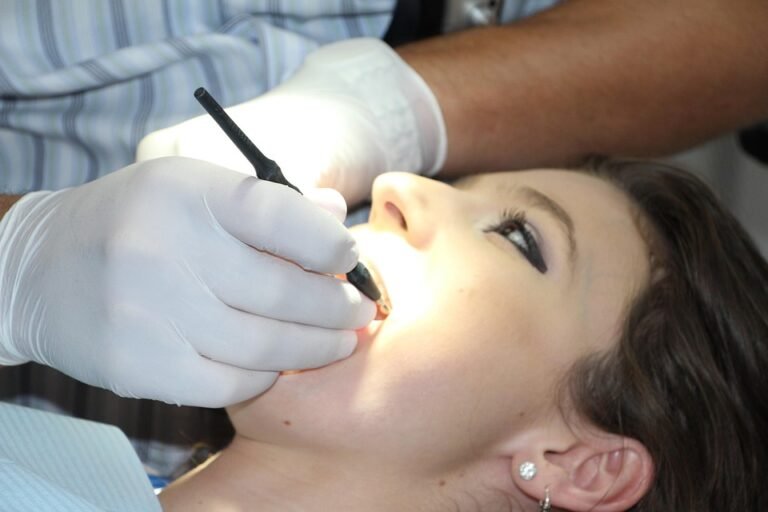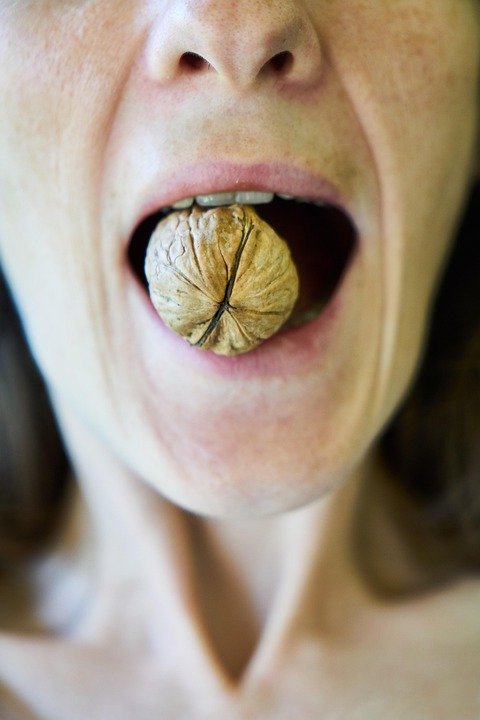How does sustainable packaging affect the shelf life and preservation of dental products?
Okay, so I’m trying to be more eco-conscious, and that includes what I buy. I’ve noticed more dental products (toothpaste, floss, mouthwash) boasting "sustainable packaging." That’s great, but… my biggest concern is efficacy. How do these "green" materials actually hold up when it comes to protecting the product? Specifically, does using recycled materials, plant-based plastics, or whatever else they’re using now affect the shelf life of the product inside? Like, will my toothpaste dry out faster if it’s in a cardboard tube versus a traditional plastic one? Does biodegradable packaging impact how well the ingredients are preserved and remain effective over time? I don’t want to compromise the quality of my dental hygiene for the sake of sustainability, but I also don’t want to be contributing to unnecessary plastic waste. What are the pros and cons here? Are there specific materials or designs to look out for (or avoid) to ensure my dental products stay fresh and effective until I use them up?
Answer
Sustainable packaging can affect the shelf life and preservation of dental products in a variety of ways, often requiring careful consideration of material properties, barrier requirements, and potential interactions with the product.
Potential Benefits of Sustainable Packaging on Shelf Life and Preservation:
- Improved Barrier Properties: Some sustainable packaging materials, especially bioplastics derived from renewable resources or innovative composites, can offer excellent barrier properties against moisture, oxygen, and light. These improved barriers can protect dental products from degradation, oxidation, and microbial growth, ultimately extending their shelf life. For example, certain bio-based polymers reinforced with nanomaterials can create a high-performance barrier comparable to traditional plastics, preserving the efficacy and safety of sensitive dental materials.
- Controlled Atmosphere Packaging (CAP) Compatibility: Sustainable packaging options, such as modified atmosphere packaging (MAP) films made from compostable materials, can be used in conjunction with CAP techniques. This involves altering the atmosphere within the package (e.g., reducing oxygen levels or increasing carbon dioxide levels) to slow down spoilage processes and microbial growth, thereby prolonging the shelf life of certain dental products like toothbrushes or oral hygiene solutions that may be susceptible to contamination.
- Active Packaging Integration: Sustainable packaging can incorporate active packaging technologies, such as oxygen absorbers or antimicrobial agents, to enhance preservation. For example, a sustainable label or sachet containing natural antimicrobial compounds derived from plant extracts can be integrated into the packaging to inhibit the growth of bacteria or fungi that could compromise the quality of the dental product.
- UV Protection: Specific sustainable materials can offer inherent UV protection, shielding light-sensitive dental products from degradation. This is particularly relevant for products containing ingredients like hydrogen peroxide or certain vitamins that are susceptible to UV-induced breakdown.
- Reduced Migration of Harmful Substances: Sustainable packaging materials are often designed to minimize or eliminate the migration of potentially harmful substances into the dental product. By using materials that meet stringent safety standards and are free from BPA, phthalates, or other concerning chemicals, sustainable packaging can ensure the purity and stability of the product over its shelf life.
Potential Challenges of Sustainable Packaging on Shelf Life and Preservation:
- Compromised Barrier Properties: Not all sustainable packaging materials offer the same level of protection as traditional plastics. Some bio-based or biodegradable materials may have lower barrier properties against moisture, oxygen, or light, which can lead to faster degradation or spoilage of the dental product. For example, a toothpaste packaged in a paper-based tube with an insufficient moisture barrier could become hardened or contaminated more quickly than in a conventional plastic tube.
- Material Interactions: Sustainable packaging materials may interact with certain dental product formulations, leading to changes in the product’s chemical composition, physical properties, or efficacy. For example, acidic ingredients in a mouthwash could react with the packaging material, causing discoloration, degradation, or the release of unwanted compounds into the product. Compatibility testing is crucial to prevent such interactions.
- Limited Temperature Resistance: Some sustainable materials may have lower temperature resistance compared to conventional plastics. This can be a concern for dental products that need to be stored or transported under specific temperature conditions. Exposure to excessive heat or cold could compromise the integrity of the packaging and the quality of the product.
- Degradation During Storage: Biodegradable or compostable packaging materials may start to degrade prematurely if exposed to moisture, heat, or UV light during storage. This can compromise the package’s integrity and potentially contaminate the dental product. Proper storage conditions are essential to prevent premature degradation.
- Cost Considerations: Sustainable packaging materials and technologies can sometimes be more expensive than conventional options. This may lead to trade-offs in terms of the level of protection and shelf life that can be achieved while still maintaining cost-effectiveness.
Factors to Consider When Selecting Sustainable Packaging for Dental Products:
- Product Characteristics: The specific properties of the dental product, such as its sensitivity to moisture, oxygen, light, and temperature, should be carefully considered when selecting a sustainable packaging material.
- Barrier Requirements: The packaging material should provide an adequate barrier against factors that could degrade or spoil the product, such as moisture, oxygen, light, and microorganisms.
- Material Compatibility: The packaging material should be compatible with the dental product formulation to prevent any unwanted interactions or degradation.
- Storage and Transportation Conditions: The packaging material should be able to withstand the expected storage and transportation conditions without compromising its integrity or the quality of the product.
- Sustainability Goals: The sustainability goals of the dental product manufacturer should be taken into account when selecting a packaging material.
- Cost Considerations: The cost of the sustainable packaging material should be weighed against the benefits it provides in terms of shelf life, preservation, and environmental impact.
- Regulatory Requirements: The packaging material should comply with all relevant regulatory requirements for food contact materials.
In summary, sustainable packaging can both positively and negatively affect the shelf life and preservation of dental products. The key is to carefully select materials and designs that provide adequate protection for the specific product while also meeting sustainability goals. Rigorous testing and evaluation are essential to ensure that sustainable packaging solutions do not compromise the quality, safety, or efficacy of dental products.

